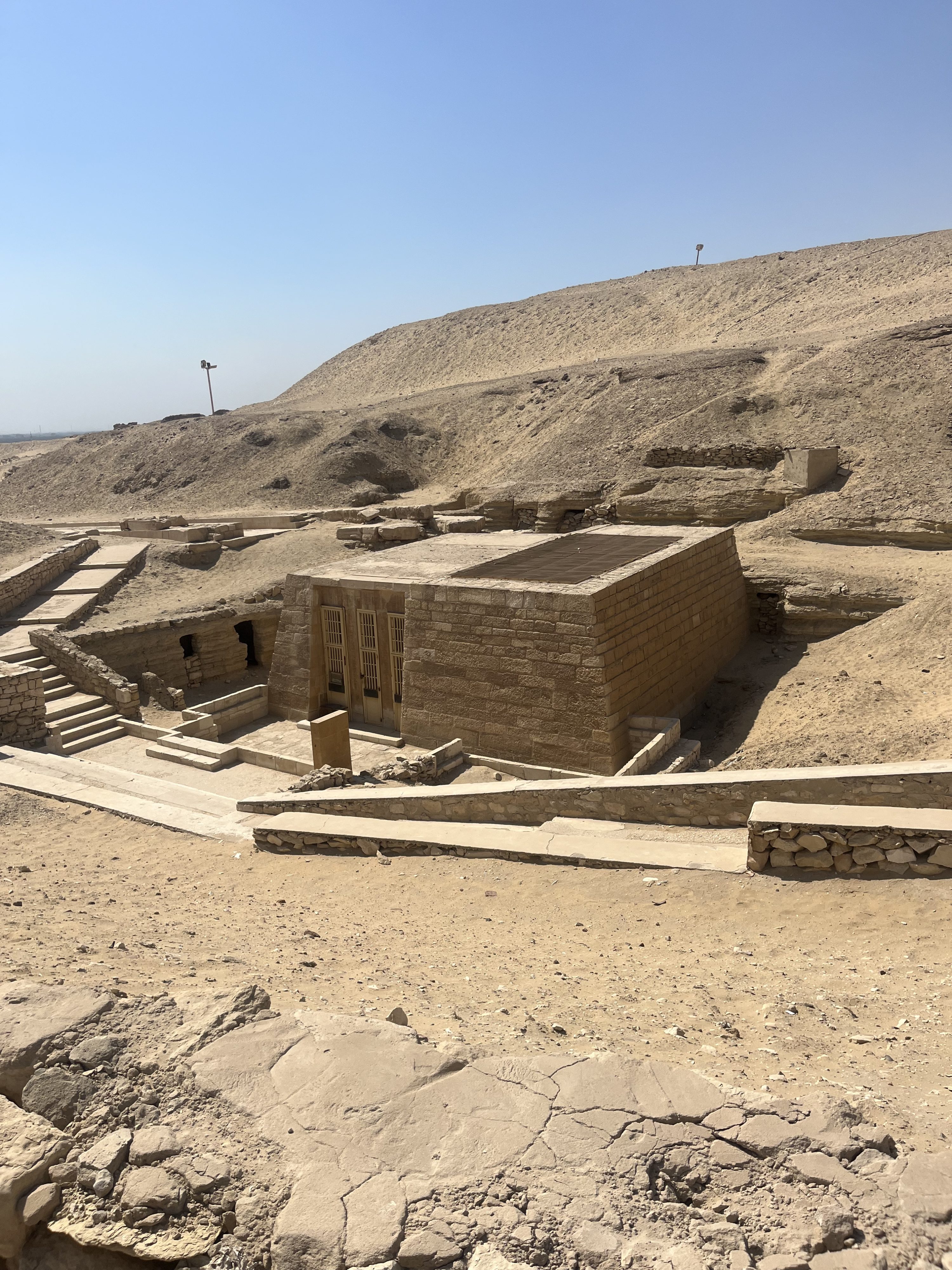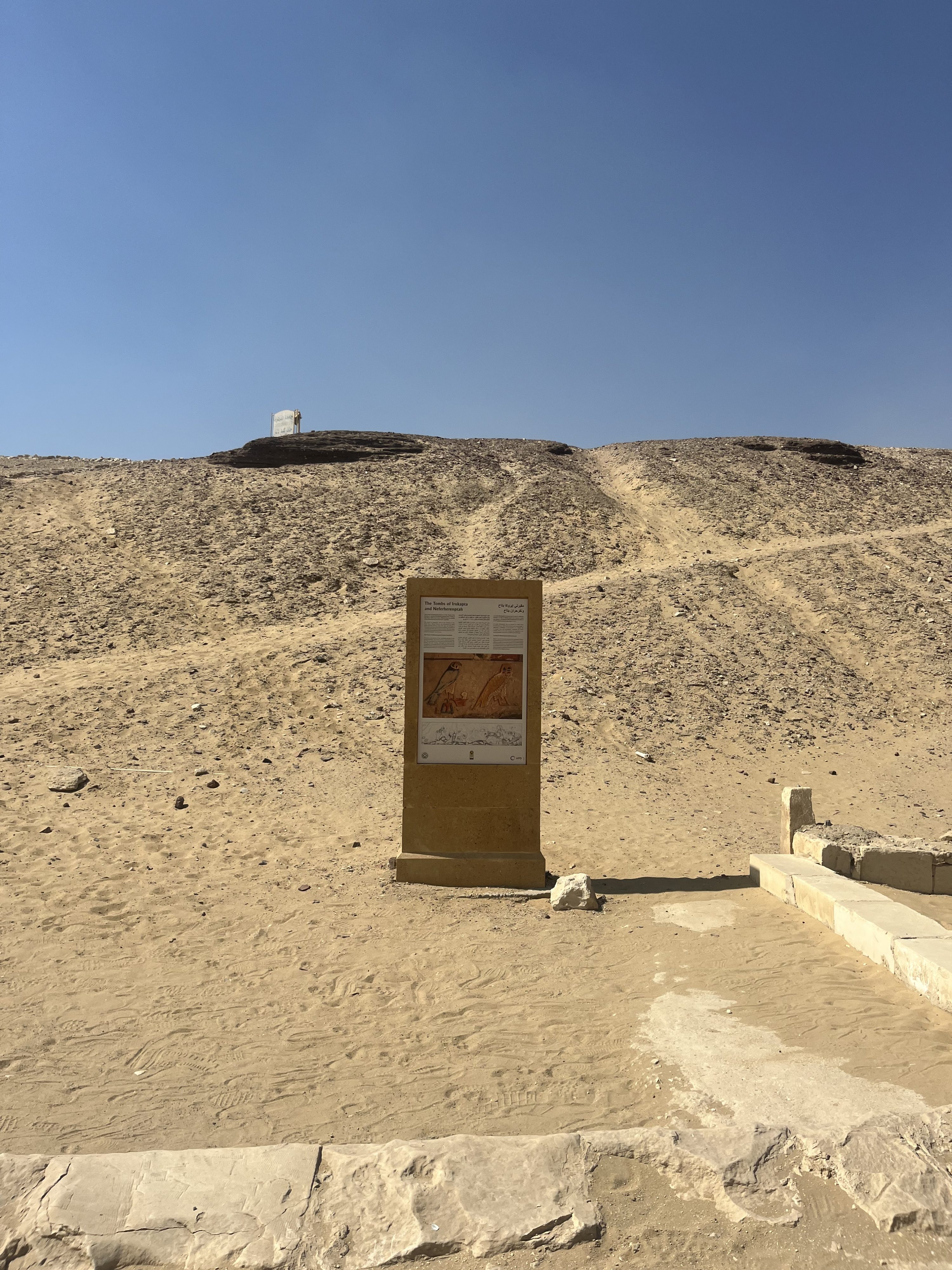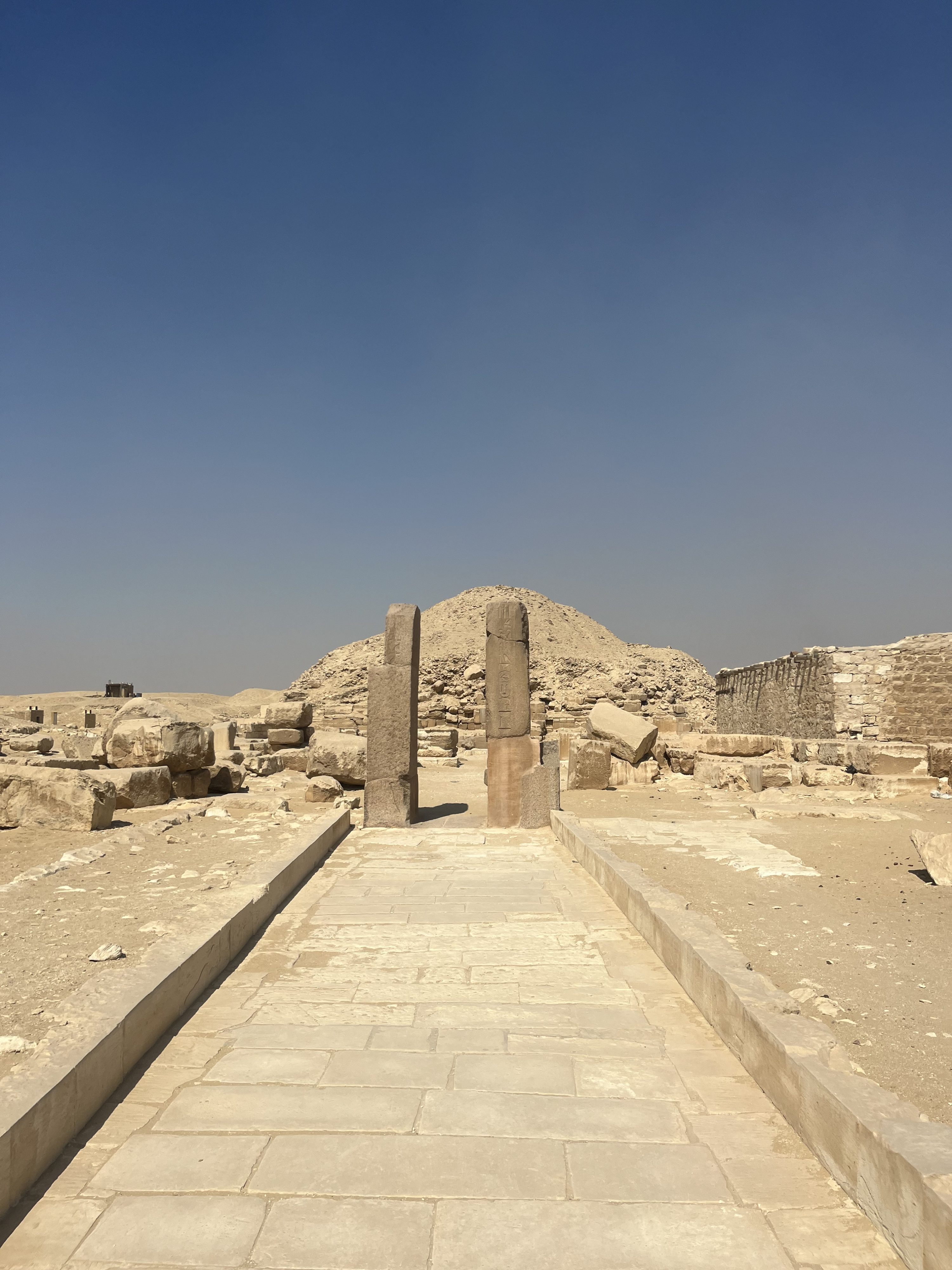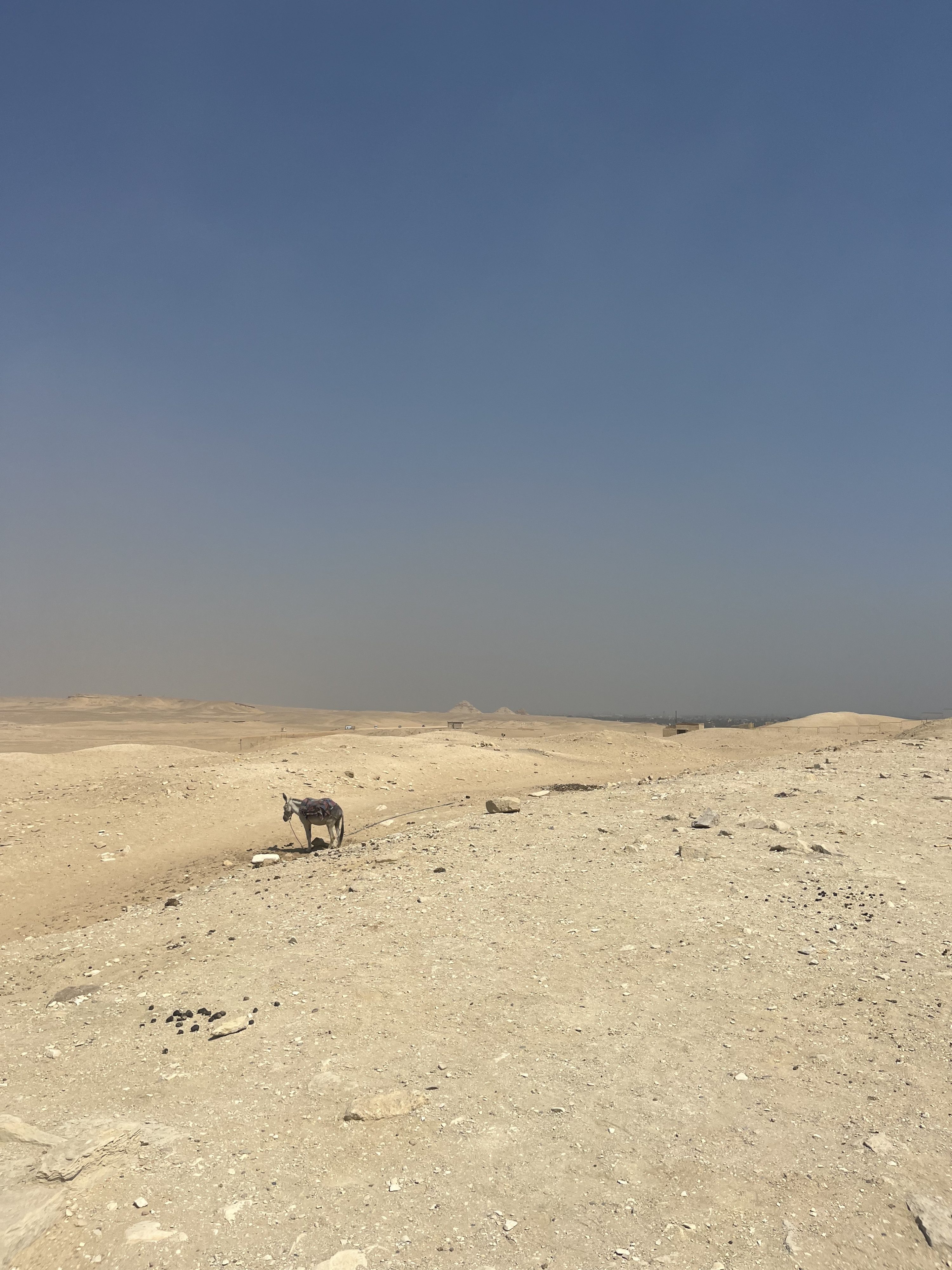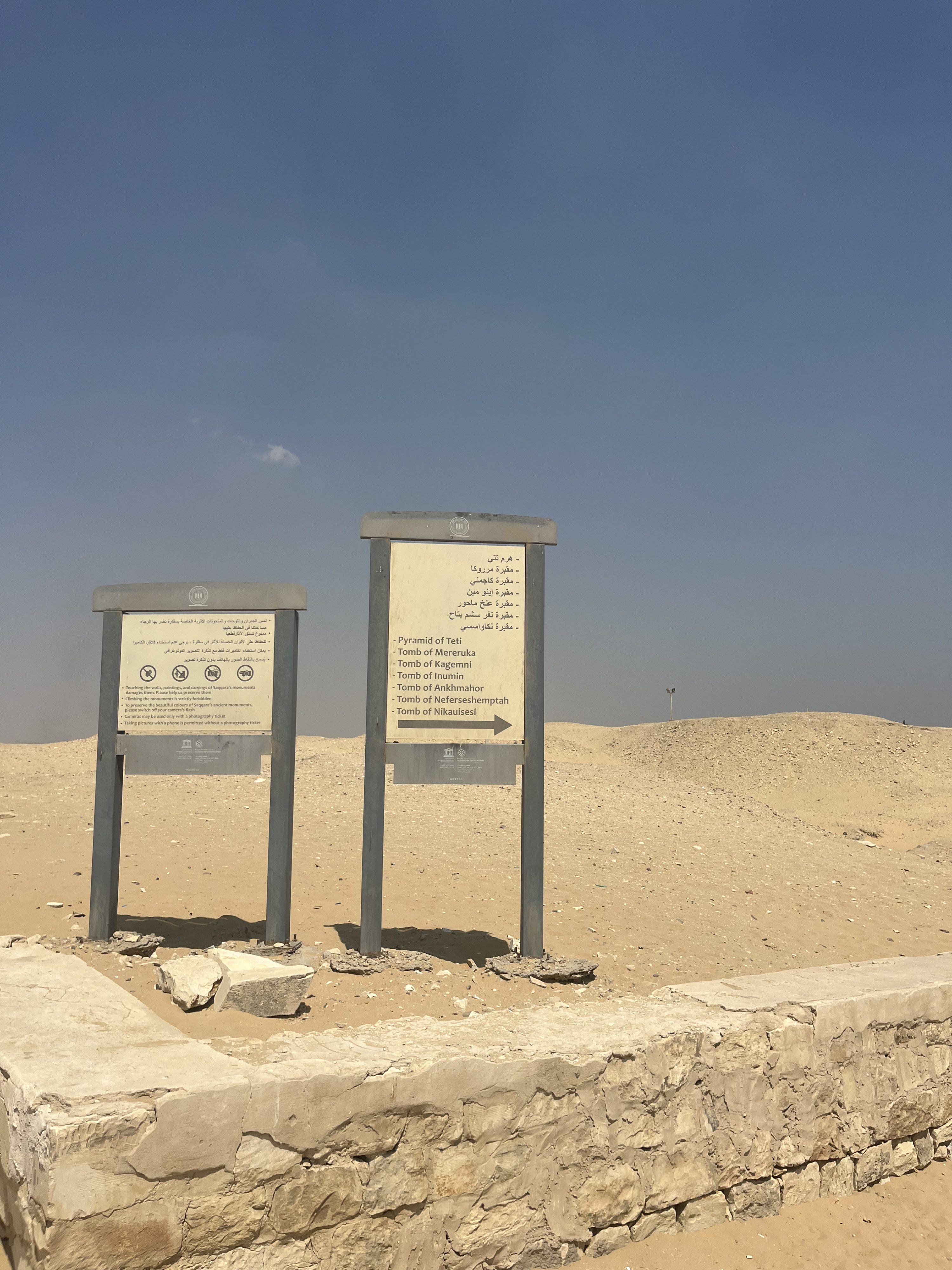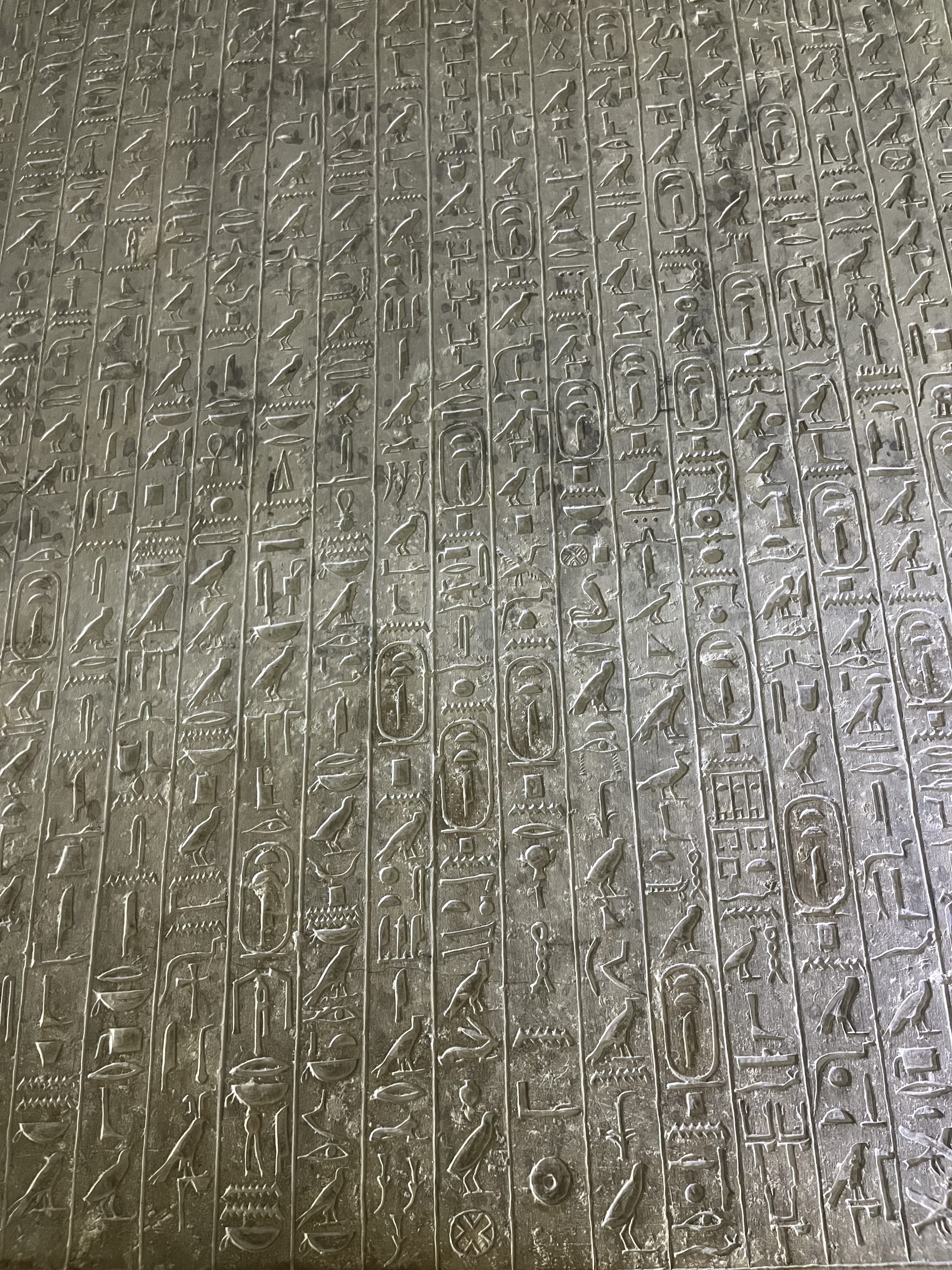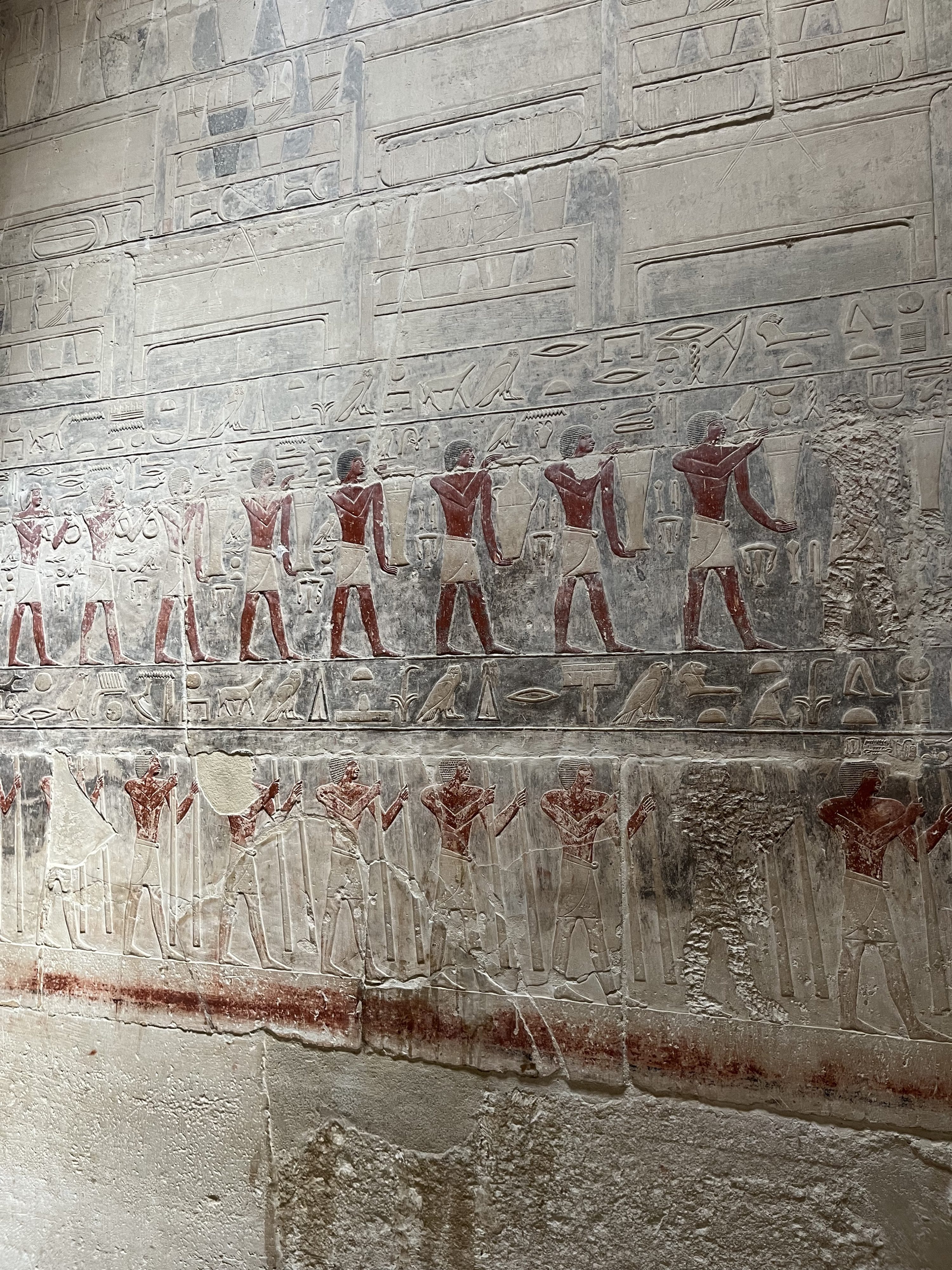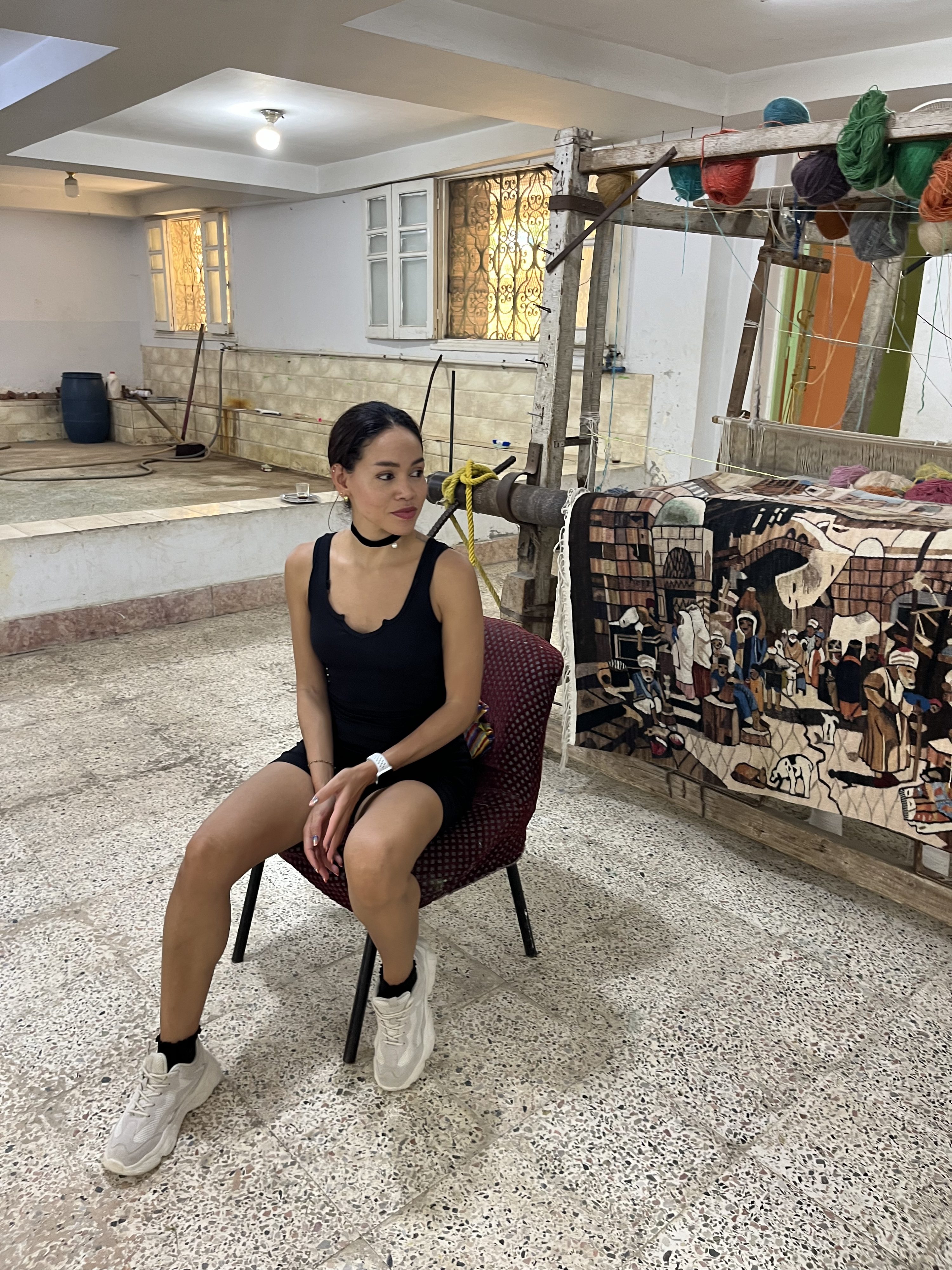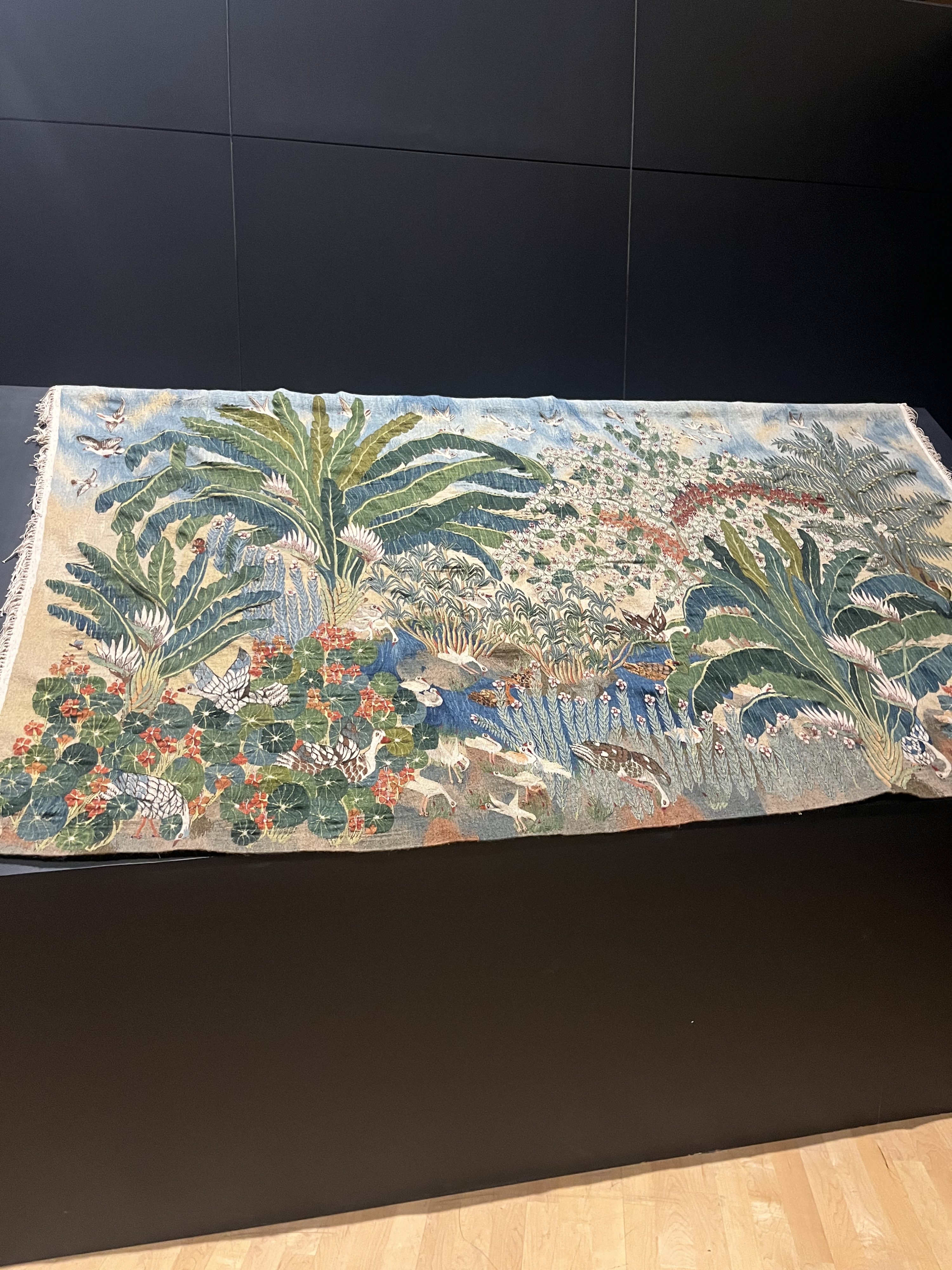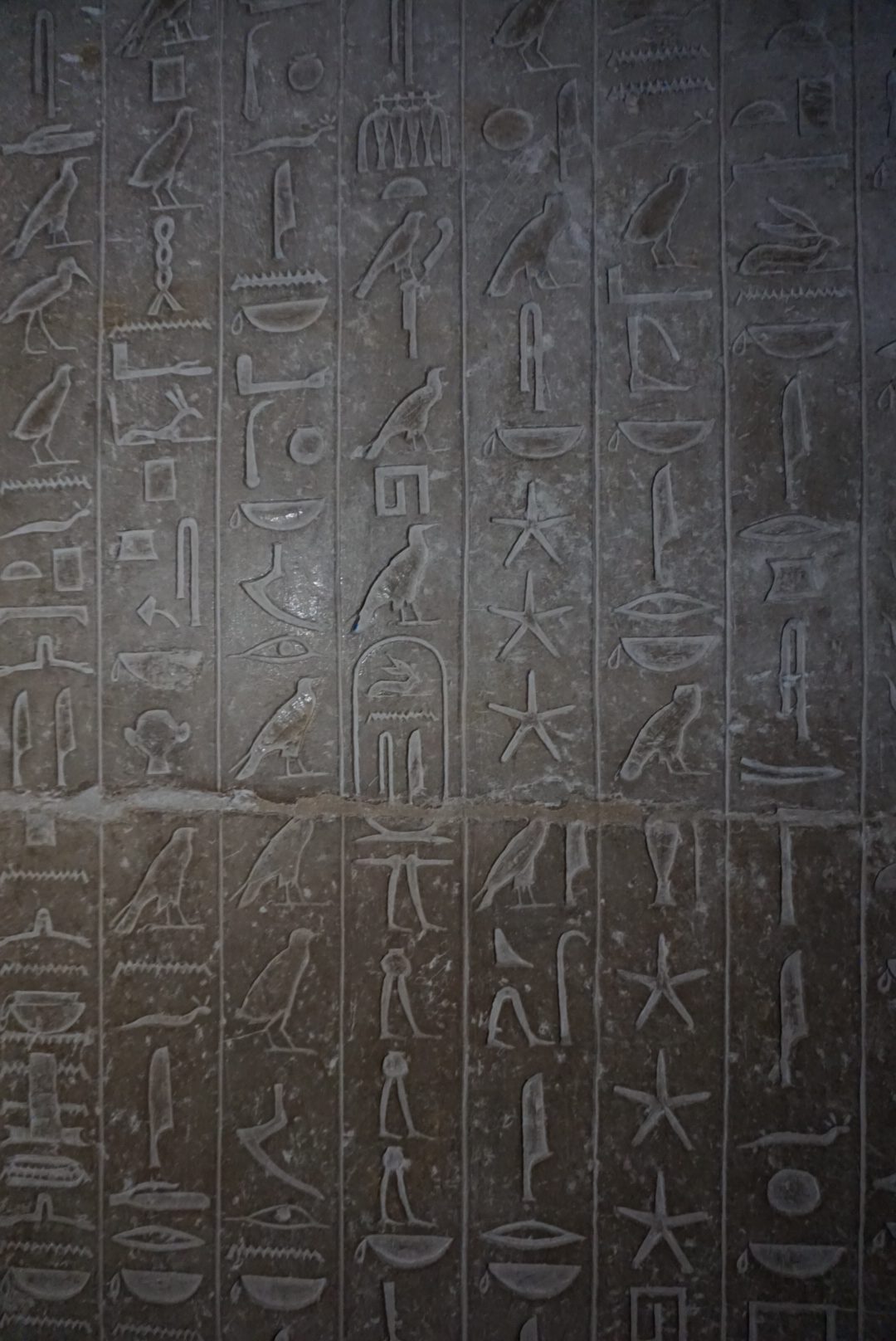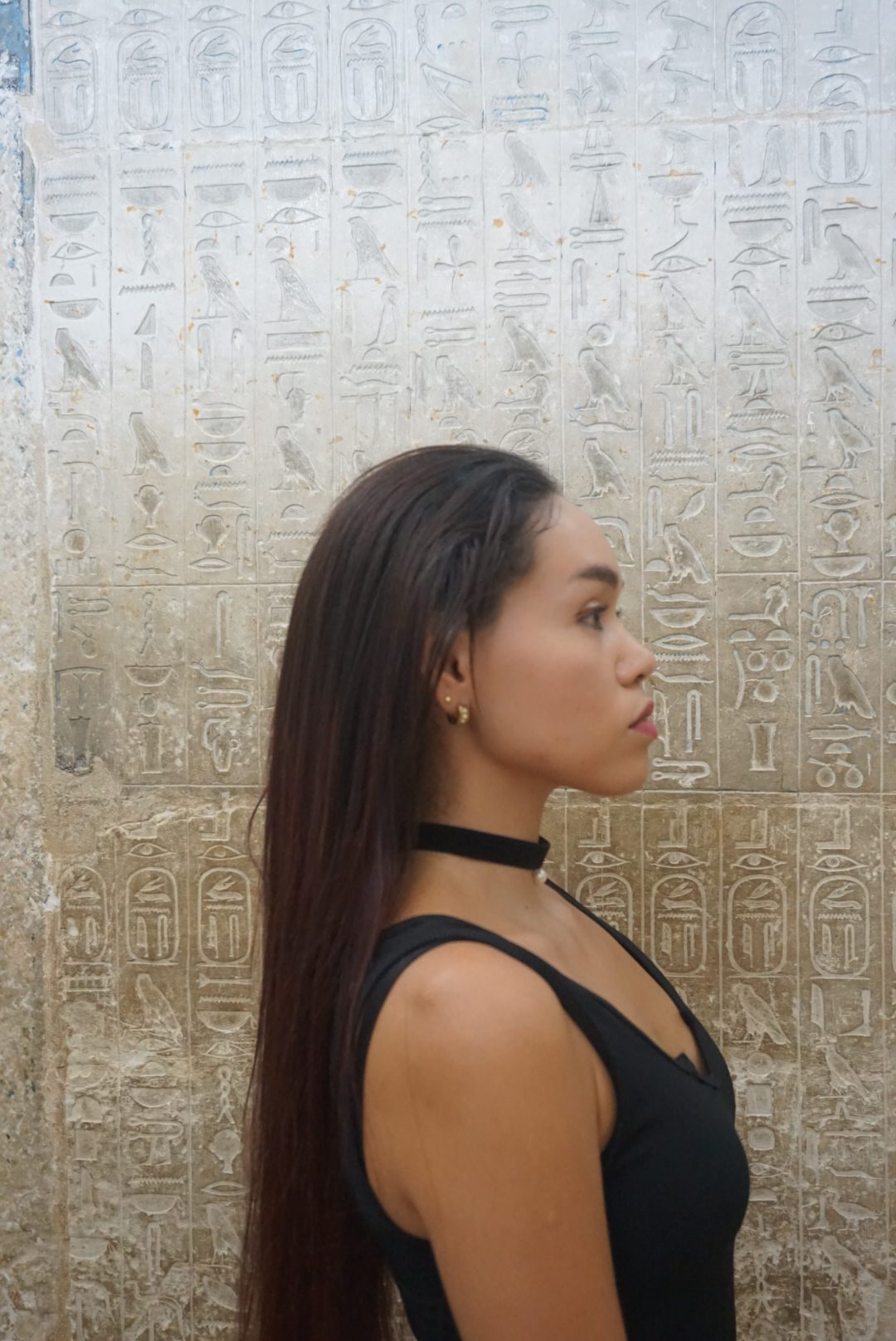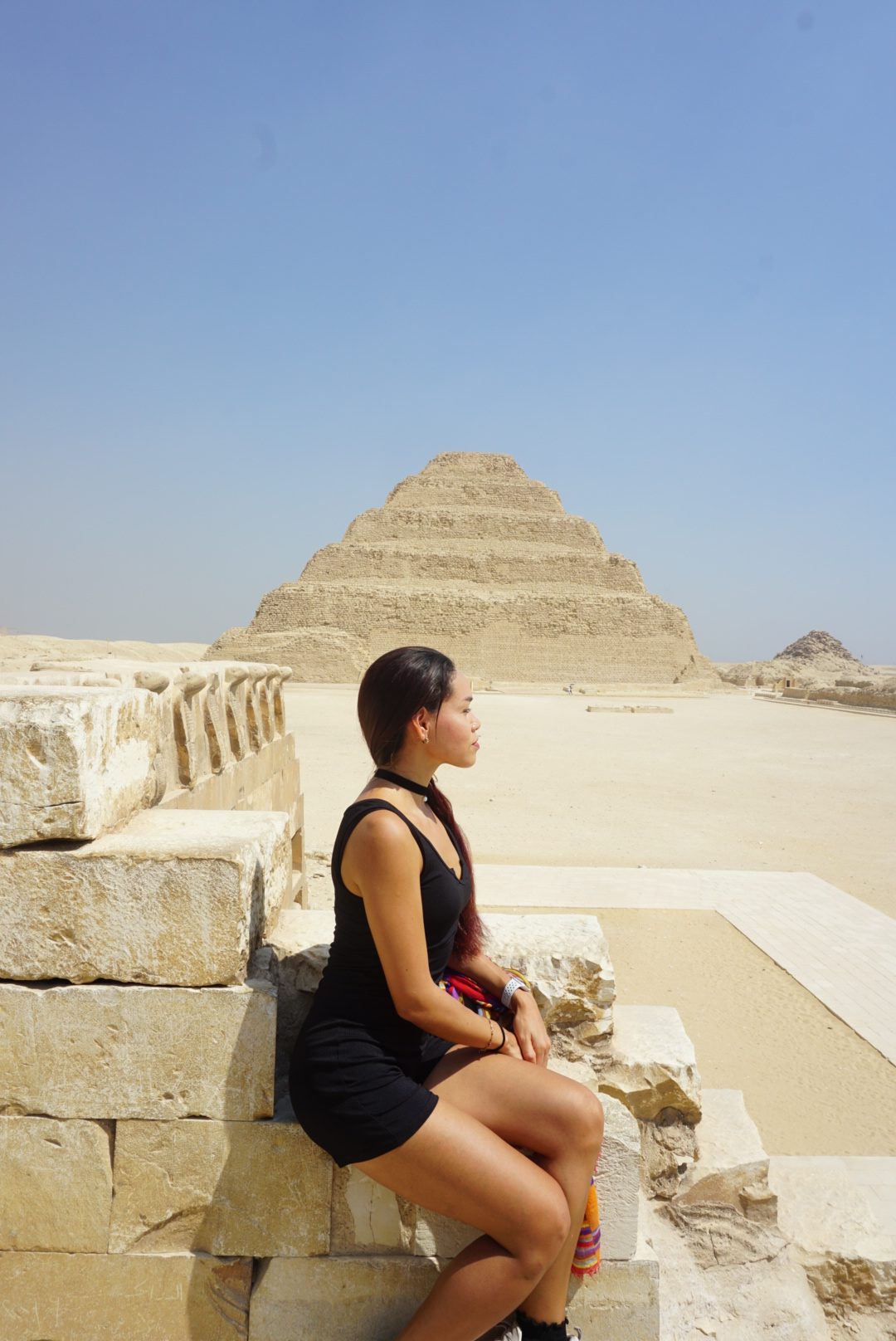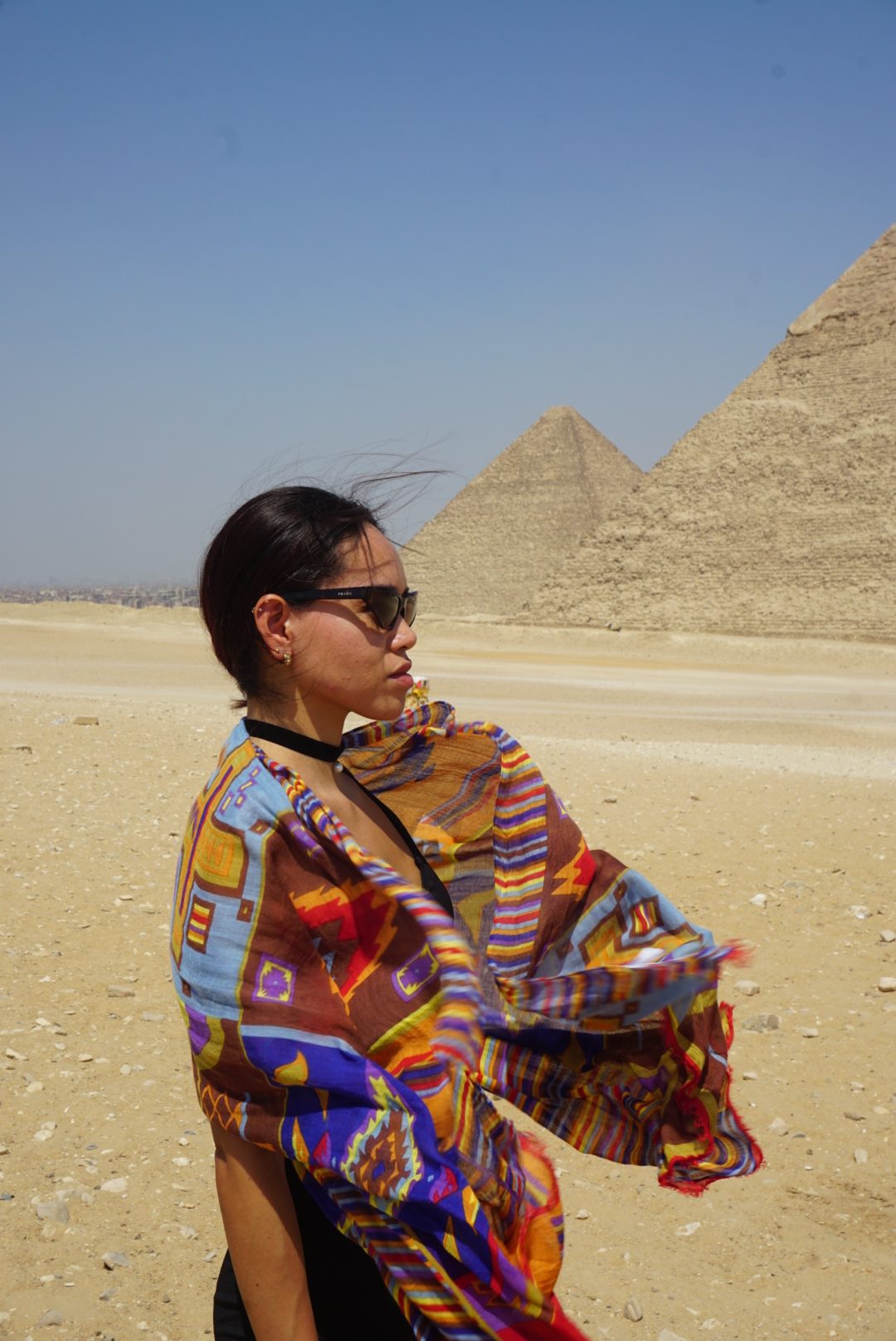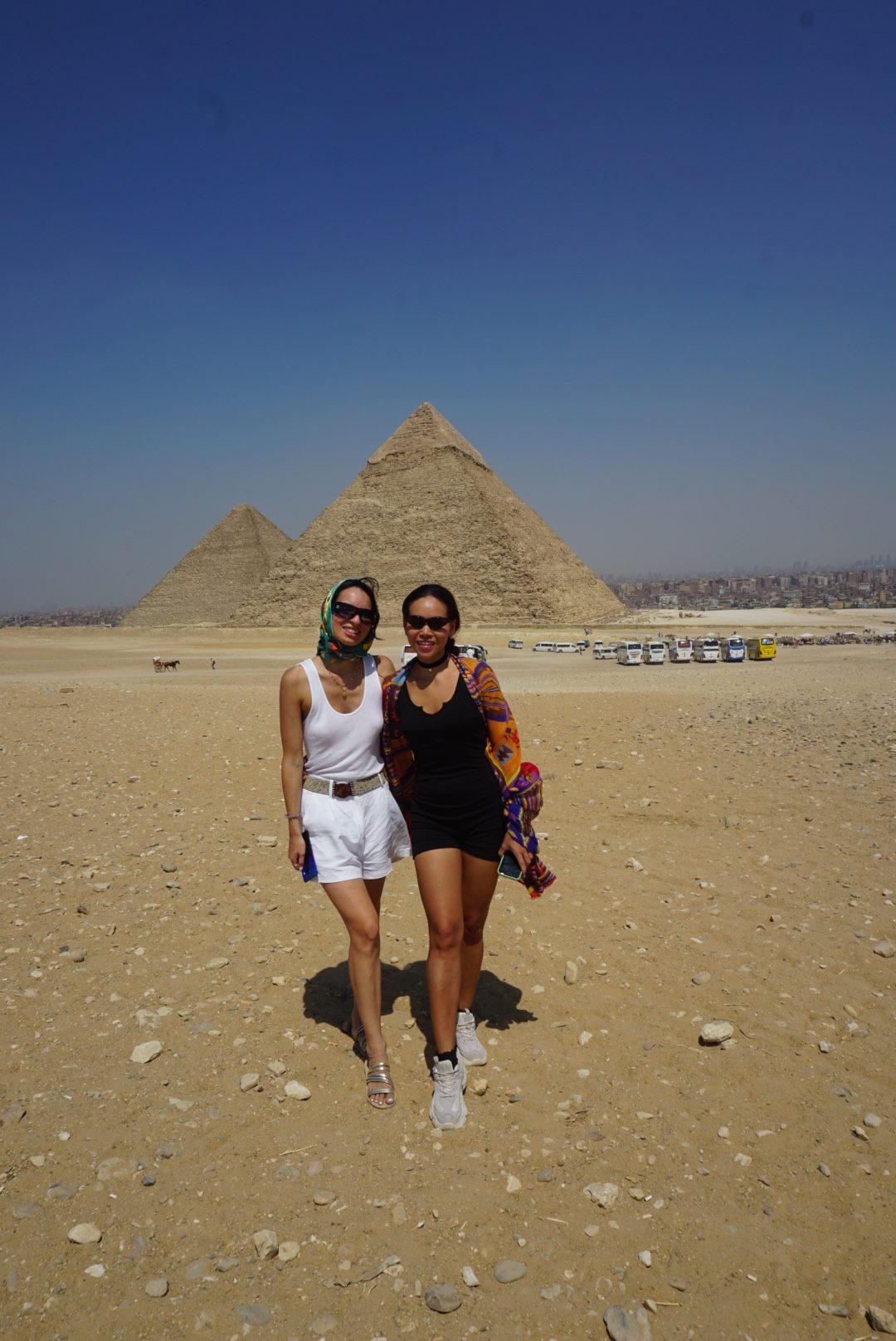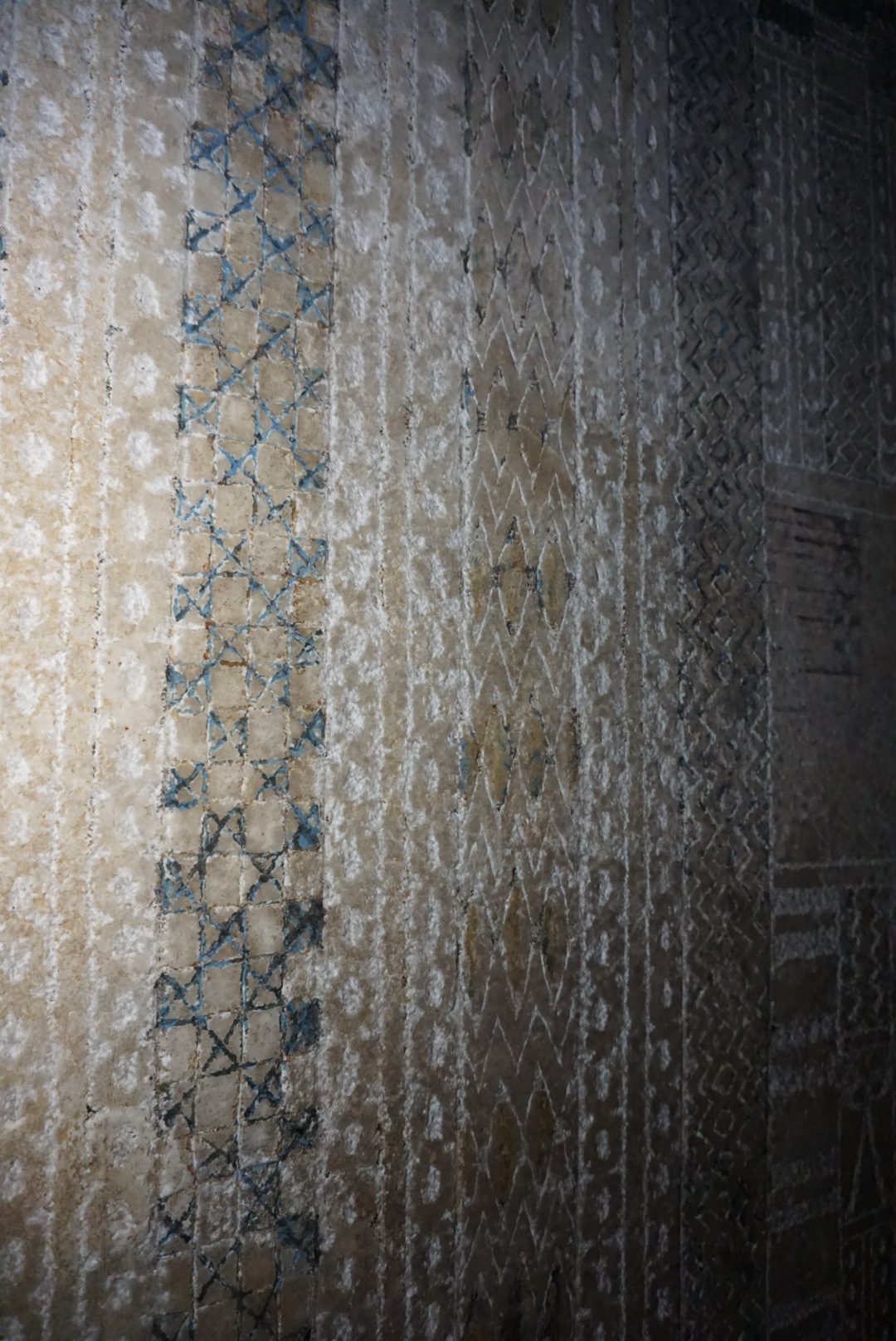When one thinks of Egypt, it’s almost impossible not to conjure images of the Pyramids rising majestically from the golden sands, their ancient stones whispering tales of kings and gods. But there’s a world of difference between simply visiting these wonders and truly exploring them. That difference is a historian—someone who can breathe life into stone, turn sand into stories, and guide you through the complexities of ancient Egypt with a depth that transforms a casual visit into an unforgettable experience.
On our recent trip, we decided to base ourselves at the New Top Pyramids Museum Hotel in the Giza area, a convenient location that promised stunning views of the pyramids. However, upon arrival, we quickly realized that beyond the iconic structures and the soon-to-open Grand Egyptian Museum, there wasn’t much to occupy our time. Eager to make the most of our stay, we turned to the hotel’s reception for suggestions. They recommended a private tour with a real historian to Saqqara, Memphis, and, of course, the Pyramids of Giza. The promise of exploring these ancient sites with an expert guide was irresistible, and so we embarked on what would become one of the most enriching experiences of our journey.
Saqqara: Where Egypt’s Pyramid Legacy Began
Our adventure began with a drive to Saqqara, the vast necropolis of ancient Memphis and the site of the Step Pyramid of Djoser, the world’s oldest stone structure. As we approached, the towering pyramid emerged from the horizon, stark against the blue sky, a precursor to the later pyramids at Giza.
Our historian guide, Mahmoud—affectionately known as “Memo”—greeted us with a warmth that belied his profound knowledge. Memo had a remarkable ability to bring the past to life, making us feel as though we were stepping back into the age of the pharaohs. As we stood before the Step Pyramid, he explained its significance not just as a burial monument but as a groundbreaking innovation in architectural history. Designed by the architect Imhotep, the pyramid was a leap from the traditional mastaba tombs, marking the beginning of Egypt’s pyramid-building era.
Walking through the Saqqara complex, we delved deeper into the history that shaped this ancient land. Memo led us inside one of the smaller pyramids on the site, where we had the rare opportunity to see hieroglyphs up close. The walls, adorned with the Pyramid Texts—some of the oldest religious texts in the world—told stories of the pharaoh’s journey to the afterlife. With Memo’s guidance, these ancient symbols took on new meaning, revealing the Egyptians’ profound beliefs in the soul’s journey beyond death.
Tip: When visiting Saqqara, take your time to explore beyond the Step Pyramid. The site is expansive, with many lesser-known tombs and structures that are often overlooked by tourists. Be sure to wear comfortable shoes and bring water, as the desert heat can be intense, especially in the afternoon.
Nestled in the ancient village of Saqqara, renowned for its archaeological significance, lies a lesser-known yet equally vital facet of the community: the Egyptian carpet schools. These schools are more than just educational institutions; they are hubs of craftsmanship, tradition, and economic empowerment that profoundly impact the lives of the locals.
The carpet schools in Saqqara play a crucial role in preserving the traditional art of handwoven carpets, a craft that has been passed down through generations. Students, often young locals, are trained in the meticulous techniques required to produce the intricate designs that characterize Egyptian carpets. This education ensures that the ancient skills are not lost to modernization and continue to be a source of cultural pride.
For many families in Saqqara, these schools offer a pathway to economic stability. The skills learned provide students with opportunities for employment within the local carpet industry, which remains a significant source of income in the region. Graduates of these schools often find work as weavers, designers, or even entrepreneurs, starting their own small carpet-making businesses. This economic empowerment fosters social mobility, allowing families to improve their living standards and invest in the education of future generations.
Beyond the economic benefits, the carpet schools also contribute to the broader development of the Saqqara village community. They create a sense of shared cultural identity, bringing together different generations to work towards a common goal. The schools often collaborate with local artisans and craftsmen, further integrating the community and fostering a cooperative spirit.
Moreover, by attracting visitors and buyers interested in authentic, handcrafted carpets, these schools contribute to the local economy’s growth. The influx of tourists and carpet enthusiasts generates revenue for the village, leading to improvements in infrastructure and public services.
Memphis: A Glimpse into Egypt’s Ancient Capital
After the morning at Saqqara, we traveled to Memphis, the ancient capital of Egypt. Today, the city lies in ruins, a shadow of its former glory, with scattered remnants that hint at its significance in the ancient world. The centerpiece of the site is the colossal statue of Ramses II, which lies in a prone position within the open-air museum.
Exploring Memphis with Memo was like reading a richly annotated history book. He provided context to the scattered remains, helping us imagine what this once-thriving metropolis would have looked like during its peak. The museum itself, though small, offers a fascinating glimpse into the past, with artifacts that range from massive statues to smaller everyday items that paint a picture of life in ancient Egypt.
However, Memphis is relatively limited in what it offers to see today. After spending some time at the museum, Memo suggested a quick detour to the nearby Carpet School—a place that offers not just a glimpse into traditional craftsmanship, but also a lesson in the local economy. Here, we were introduced to the art of carpet weaving, a skill passed down through generations. We watched as young artisans, mostly between the ages of 10 and 22, meticulously created intricate designs. Memo explained that carpet weaving is a crucial part of the local economy, employing many young people before their fingers grow too large to manage the fine threads. These artisans, though young, are paid fairly for their work, earning around $250 a month—a significant contribution to their families and the local villages around Cairo.
Tip: If you visit Memphis, consider adding the Carpet School to your itinerary. It offers a different perspective on the area, one that connects the ancient with the modern. You’ll gain insight into how traditional crafts continue to play an essential role in the local economy.

Giza: The Iconic Pyramids and Beyond
Our journey culminated at the Giza Plateau, home to the Great Pyramid of Khufu, the Sphinx, and several other significant structures. Giza is often the first stop for many travelers, but after our immersive experiences in Saqqara and Memphis, we arrived with a deeper understanding and a heightened sense of anticipation.
Memo’s expertise truly shone here. As we walked the grounds, he pointed out details that are often overlooked—how the Great Pyramid aligns with the stars, the subtle features of the Sphinx that have led to endless debates about its origin and purpose, and the significance of the smaller pyramids and tombs that dot the plateau. Memo’s ability to tie these elements together into a cohesive narrative transformed what could have been a standard tour into a profound exploration of ancient Egypt’s spiritual and cultural landscape.
One of the highlights was our visit inside the Great Pyramid. As we climbed the narrow, steep passageways, Memo narrated the story of the pyramid’s construction, not as a mere engineering marvel but as a monumental act of faith and devotion. The atmosphere inside was almost otherworldly, the air heavy with history. Standing in the King’s Chamber, I couldn’t help but feel the weight of centuries, the echoes of ancient rituals that once took place in this very space.
Tip: When visiting the Giza Plateau, try to arrive early in the morning to avoid the crowds. This is especially important if you plan to enter the pyramids, as the interior spaces can become quite crowded and warm later in the day. Also, consider exploring some of the lesser-known tombs and structures around the plateau—these areas are often less crowded and offer a more intimate glimpse into the past.
Why a Historian Makes All the Difference
Exploring Egypt’s pyramids with a historian like Memo is like having the key to a time machine. His expertise turned stone into story, sand into history, and the sites into living, breathing spaces of cultural significance. Without this depth of knowledge, it’s easy to be dazzled by the sheer scale and beauty of the pyramids while missing the profound narratives they hold.
Whether it’s the grandeur of Giza, the echoes of Memphis, or the sacred ground of Saqqara, a historian guides you through the past, ensuring you don’t just see these ancient wonders—you understand them. And it’s this understanding that makes all the difference, turning a journey through Egypt into a true voyage of discovery.
Final Tip: When booking your historian guide, ensure they are a certified Egyptologist. Many guides in Egypt are knowledgeable, but a true historian like Memo will have the depth of knowledge that makes your experience incomparable. Consider planning your visit during the cooler months, from October to April, when the weather is more temperate, allowing for longer, more comfortable explorations.
You can contact Mahmoud (MEMO) at mahmoud_hamed@yahoo.com / +201001493559


